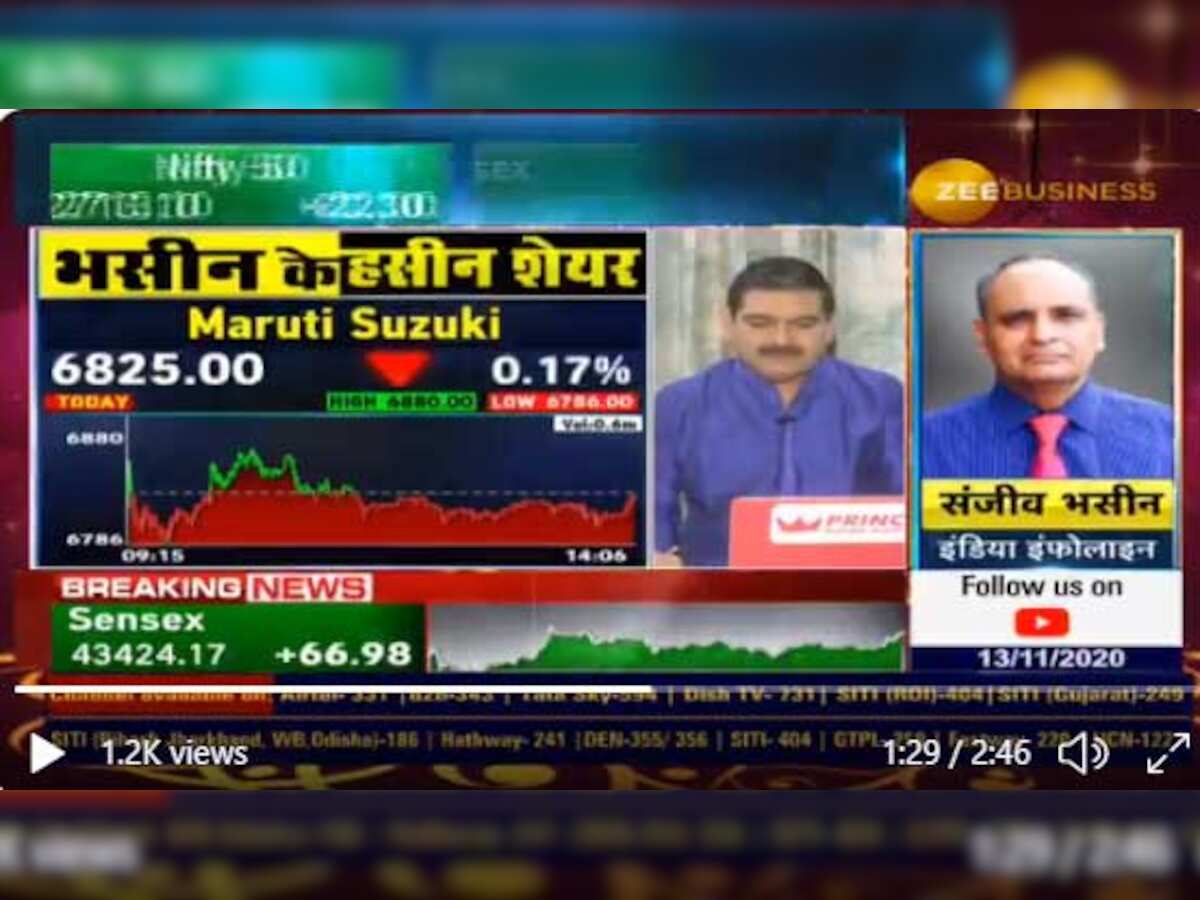The exponential profits earned by hedge fund giant Jane Street through the Indian derivatives market—and the subsequent SEBI Interim Order titled “Interim Order in the matter of Index manipulation by Jane Street Group” dated 3rd July 2025—have brought to light the manipulability and skewness of Indian stock indices such as Nifty, Bank Nifty, Fin Nifty, and Mid Cap Nifty. (Take note of the word “manipulation” in the title itself.)
This episode raises serious questions about the efficacy of market surveillance mechanisms managed by NSE (the frontline regulator) and SEBI, as well as the impartiality of Financial Market Infrastructure (FMI) institutions. While retail traders in illiquid options are closely scrutinized and penalized, powerful institutional players like Jane Street appear to operate with far less resistance. This write-up explains the Jane Street episode in plain language.
Jane Street’s Simple Yet Powerful Strategy
Contrary to popular perception, Jane Street didn’t employ complex algorithms. Their method involved basic, widely known techniques such as “extended marking the close” and “intraday index manipulation patterns”—strategies familiar to Indian market participants for years.
What set Jane Street apart was its massive financial firepower, reportedly deploying close to ₹1 lakh crore in a single day. A basic options strategy, when backed by such immense capital, created outsized market impact. The approach was straightforward:
- Buy Call Options and Short Put Options
- Buy Index Futures
- Buy heavy-weight stocks within the targeted index
- As the index moves upward, square off Calls and Futures, and cover the Puts
- Book enormous profits and repatriate the gains
The same strategy can be reversed in bearish conditions. With the ability to influence index-mover stocks worth ₹50,000 crore or more, Jane Street could effectively move the index and profit from it.
Did Regulators Know About Jane Street’s Profits?
Yes, and the reasoning is compelling:
- SEBI and NSE had access to first-hand trading data through brokers like Nuvama Wealth and Angel One, who facilitated Jane Street’s trades.
- Both brokers, along with NSE, stood to gain from the large volumes generated. Notably, SEBI’s Interim Order refrains from naming Nuvama or Angel One—possibly to shield NSE, whose IPO prospects could be harmed by deeper scrutiny.
- SEBI claims it initiated the investigation after a media report in April 2024, but evidence suggests SEBI was aware of Jane Street’s trades as early as 2023.
The January 2023 SEBI report titled “Analysis of Profit and Loss of Individual Traders dealing in Equity F&O Segment” (published by SEBI’s Department of Economic and Policy Analysis) should have flagged such outlier profits. Yet, no action was taken. Subsequent SEBI reports from September 2024 and January 2025 only reaffirmed the plight of retail investors, while institutional profits soared.
Why the Delay in SEBI’s Interim Order?
SEBI’s investigation allegedly began in April 2024, but the Interim Order was issued more than a year later, in July 2025. Was the delay deliberate? Was the case truly complex? Or were beneficiaries like NSE, Nuvama, and Angel One given a long rope?
These facilitators profited handsomely from Jane Street’s trades, yet their names are absent from the Interim Order. There’s no mention of:
- Profits earned by these brokers and the exchange
- Any attempt to disgorge these gains
- Penalizing brokers for enabling alleged manipulation
Was There Front Running Involved?
It’s highly plausible that brokers managing Jane Street’s trades also engaged in front running—taking positions in tandem with Jane Street to profit from the anticipated market moves. This angle appears unexplored in SEBI’s order and needs urgent investigation.
Has Surveillance Mechanism Failed?
Both SEBI and NSE have acknowledged challenges in monitoring intra-day breaches of open interest limits—a critical failure, especially on weekly expiry days when option volumes surge abnormally.
Monitoring end-of-day open interest is insufficient. By the time violations are visible, the impact is already done. The lack of real-time oversight suggests a structural flaw. In fact, this writer holds documentary evidence of the NSE’s failure in surveilling F&O volumes effectively.
Favorable Treatment to Jane Street?
The SEBI Interim Order itself highlights that in February 2025, well after suspicions had arisen, NSE merely issued an advisory letter to Jane Street. This gentle warning contrasts starkly with the harsh treatment often meted out to retail traders. Quoting the order (Page 100, Para 54):
“When suspicions around the prima facie manipulative trading patterns of JS Group arose in early 2025, on SEBI’s instructions, in February 2025, NSE as a first line regulator clearly and explicitly cautioned the JS Group to desist from taking on large risks in the index options markets…”
Why was this leniency shown to Jane Street? Has NSE ever sent such letters to small traders or domestic institutions?
Who Really Gains from the Interim Order?
Ultimately, Jane Street may be penalized and forced to return part of its profits. But retail investors, who lost money due to index distortions, will receive nothing.
The financial beneficiaries of this episode are clear:
- Nuvama Wealth and Angel One, through brokerage and front running, if any
- NSE, through increased transaction volumes
- SEBI, which may collect penalties
Retail investors, meanwhile, continue to bear losses. And they likely will, unless systemic reforms are undertaken.


